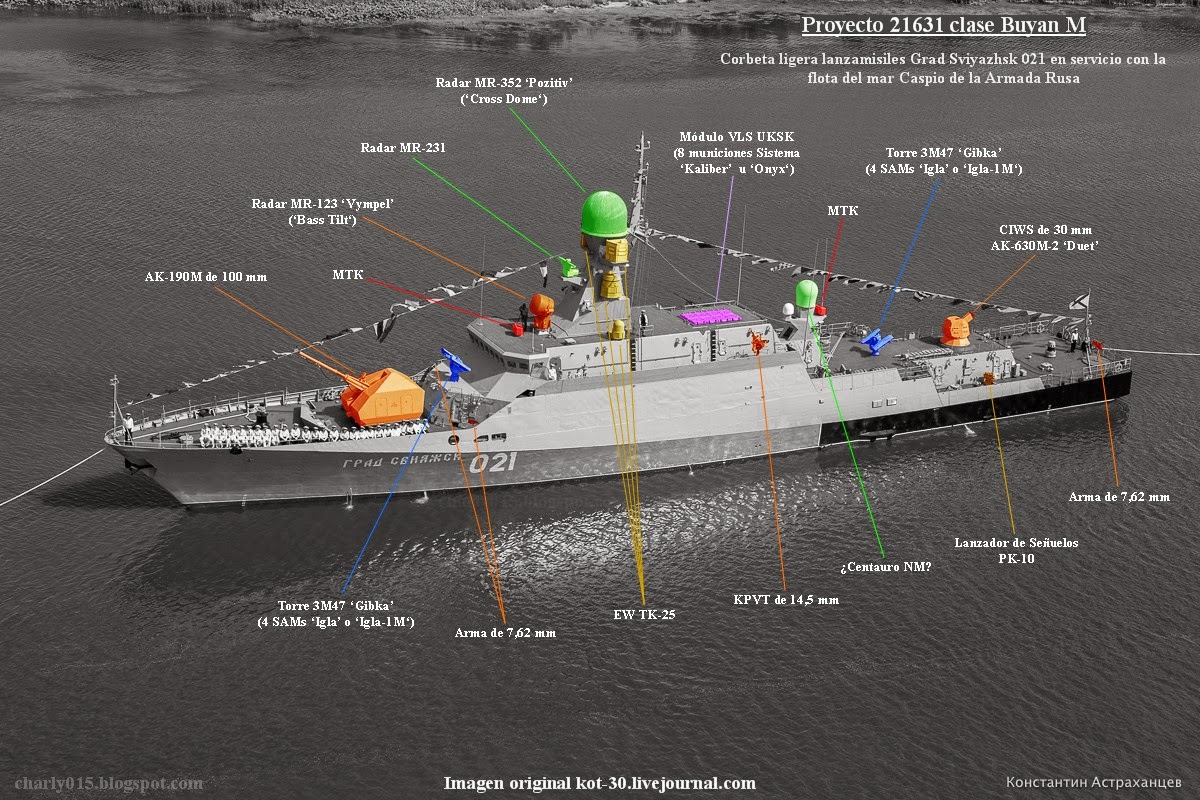Jura The idiot
General
Yes, you could catch a lot of fish with those??? Whalers??? armament against the Bob Barker?
I still have that feeling, bro, you underestimated "those"

Yes, you could catch a lot of fish with those??? Whalers??? armament against the Bob Barker?

Russia’s Warplanes is set to become the standard reference work on the subject. Written by an acknowledged expert in the field, this will serve as an exhaustive directory of the latest products of Russia’s military aviation industry. As well as outlining aircraft that currently equip the various Russian air arms, the first of two volumes also takes into account aircraft developed for and fielded by foreign states in the post-Soviet era.
Piotr Butowski provides authoritative technical descriptions for each military aircraft – and every significant sub-variant – currently available from Russia’s aerospace industry, or otherwise in large-scale service. With the level of accuracy and insight familiar to Harpia’s regular readers, each aircraft profile also includes specifications, and details of operators, upgrades, avionics and weapons.
The first of two volumes on the subject presents in-depth coverage of tactical combat aircraft, trainers, Army Aviation helicopters, reconnaissance and surveillance aircraft, airborne command posts and relay aircraft. As such, the breadth of this work extends from the latest multi-role fighters developed by Mikoyan and Sukhoi, via successive generations of combat rotorcraft, to airborne early warning and electronic intelligence-gatherers.
As well as familiar types such as the Su-30MK family of fighters and Mi-24/35 assault helicopters that have proven so successful on the export market, Russia’s Warplanes extends its reach to the various new and upgraded types that are beginning to populate Russia’s rejuvenated air arms, including those still under development, including the enigmatic ‘fifth-generation’ Sukhoi T-50 fighter.
Additional assets, including long-range bombers, maritime aircraft, strategic transport and tanker aircraft, theater and special purpose transports, and air-launched weapons will be dealt with in Volume 2.
Supplemented by many photographs, some of which from exclusive sources, as well as specially created maps and diagrams, Volume 1 of Russia’s Warplanes launches the most comprehensive study of the fixed- and rotary wing aircraft types – manned and unmanned – that can currently be found in Russian service or which are being built or offered for export.
Introduction
Acknowledgements
Abbreviations
Chapter 1: Tactical Combat Aircraft
Mikoyan MiG-29
Mikoyan MiG-29K (MiG-29M, MiG-35)
Mikoyan MiG-31
Sukhoi Su-24M
Sukhoi Su-25
Sukhoi Su-27
Sukhoi Su-30, Irkutsk line
Sukhoi Su-30, Komsomolsk-on-Amur line
Sukhoi Su-33
Sukhoi Su-34
Sukhoi Su-35
Sukhoi T-50
Future tactical aircraft: MiG E-721, Sukhoi Okhotnik, RSK MiG Skat, Yakolev Proryv-U and RSK MiG Gonshchik
Chapter 2: Attack and Transport Helicopters
Kamov Ka-50 and Ka-52
Mil Mi-8
Mil Mi-24 and Mi-35M
Mil Mi-26
Mil Mi-28N
Future Army Aviation helicopters: LMTsV-4,5 (Mil Mi-54, Kazan Ansat-3),
LMTsV (Kamov Ka-62), PSTDV (Mil Mi-38-3), PSSTDV (Mil Mi-37) and
Next-generation combat helicopters
Chapter 3: Reconnaissance and Surveillance Aircraft
Beriev A-50 and A-100
Beriev An-30
Ilyushin Il-20
Kamov Ka-31 and Ka-35
Sukhoi Su-24MR
Tupolev Tu-154M-LK1
Tupolev Tu-214ON
Tupolev Tu-214R
Future Airborne Early Warning and Control Aircraft
Unmanned aircraft: Yakvlev Pchela and IAI/UWCA Forpost
New generation of large unmanned aircraft: Altius-M, Transas Inokhodets, TsAGI Obzor and Vega Korsar
Unmanned helicopters: Ka-135, Ka-175, Ka-117, Albatross and Ka-126
Chapter 4: Special Mission Aircraft
Antonov An-12 electronic warfare variants
Beriev A-60
Ilyushin/Myasishchev Il-22
Ilyushin Il-80
Ilyushin/Beriev Il-82
Mil Mi-8 electronic warfare variants
Mil Mi-9 and Mi-19
Tupolev Tu-142MR
Military balloons
Future airborne command post: Zveno-3S, Foreytor-S, Yastreb and Forvard-M
Future jamming aircraft: Tu-214PP
Appendix I: Aircraft design, scientific and production facilities
***********
Each of aircraft/helicopter/UAV-related chapters is further organized as follows:
- Manufacturer
- Role
- Crew
- Airframe & Systems
- Powerplant (per sub-variant)
- Dimensions
- Weights
- Performance
- Fire-Control System
- Avionics
- Self-Protection Equipment
- Armament
- History
- Production and Operators
- Variants (as necessary)
- Selected foreign upgrades (when introduced to service)

With the 100mm gun, the eight very decent ASMs, the 30mm CIWS< and the eight anti-air missiles, this is indeed a well armed gun/missile boat. A flotilla of four of these, if they got in range of their targets, would put the hurt on anyone.I still have that feeling, bro, you underestimated "those"
... I expect these are meant to operate in littoral waters under the protection of land based air.
